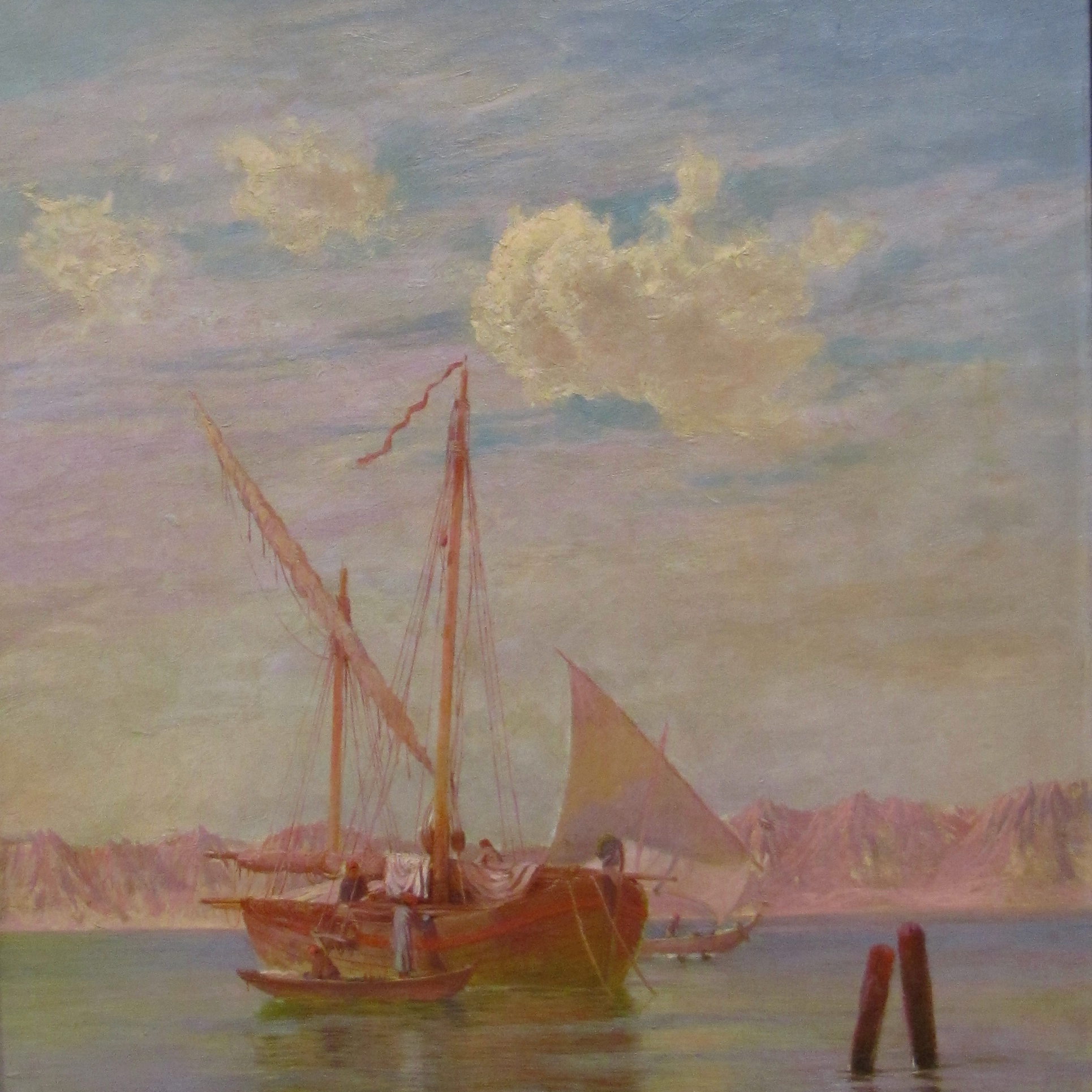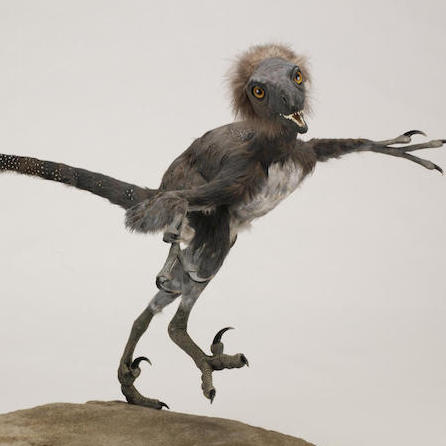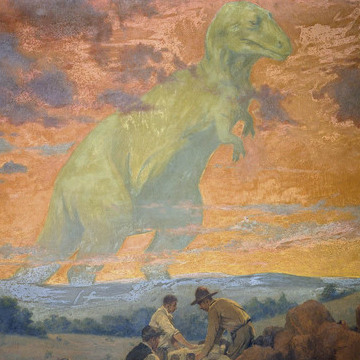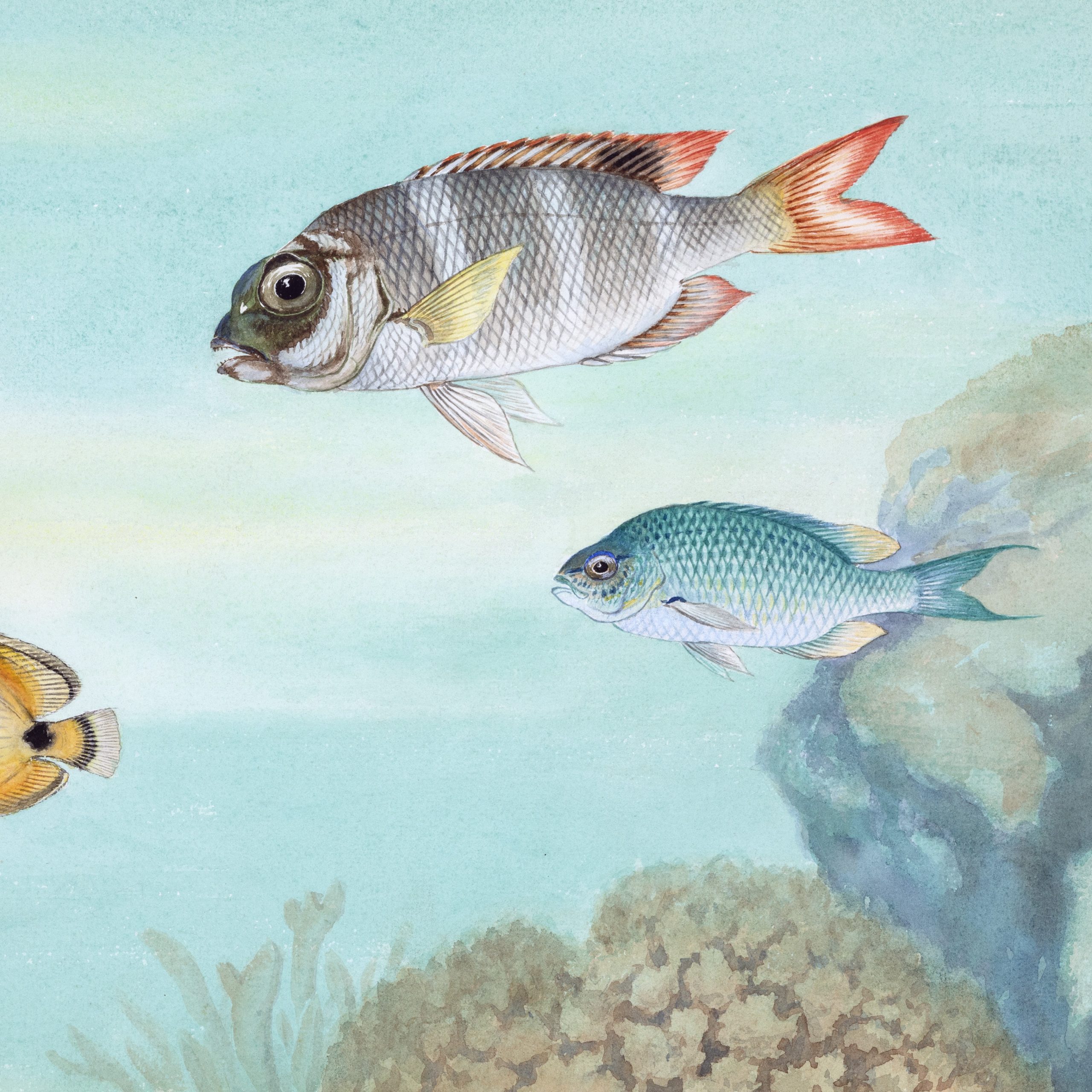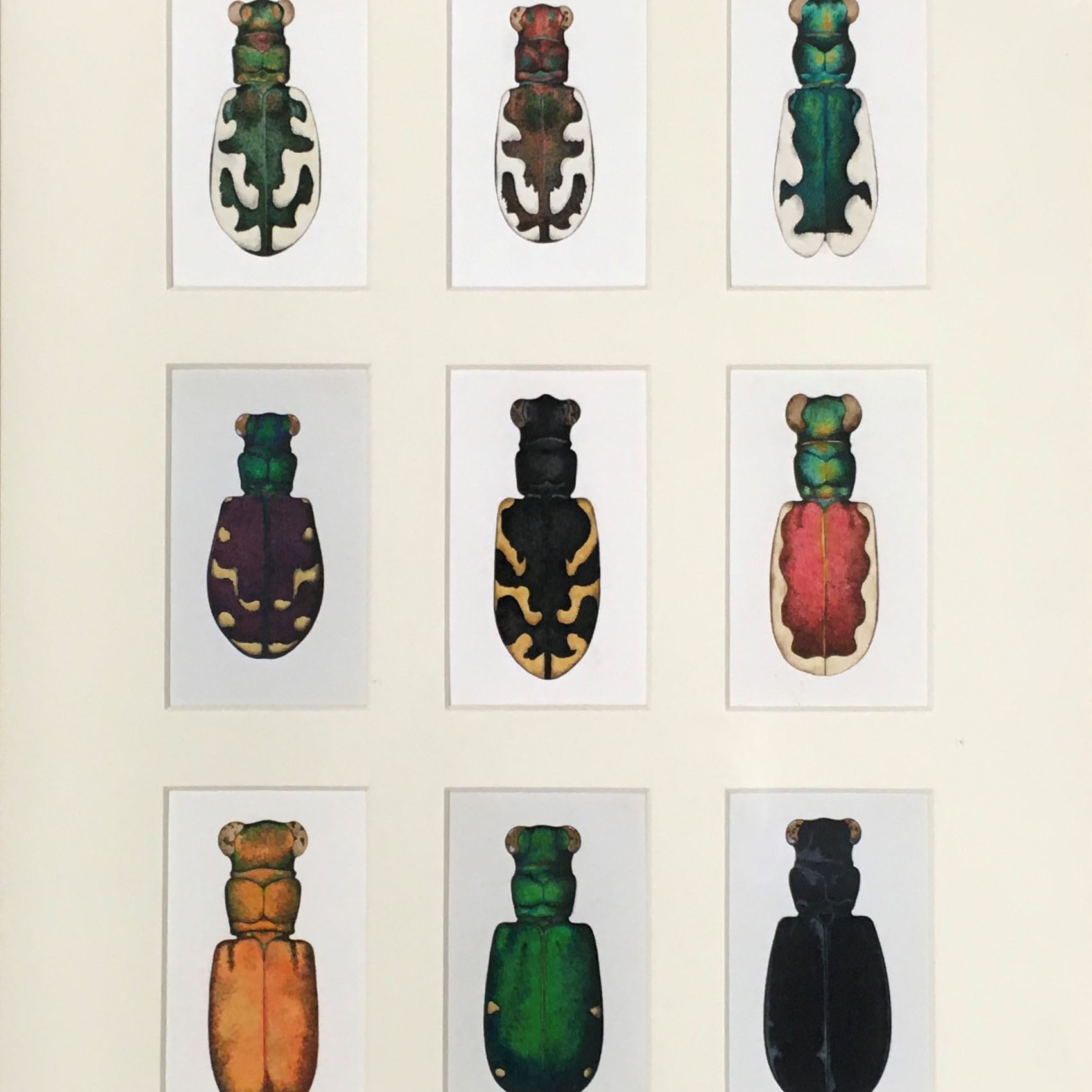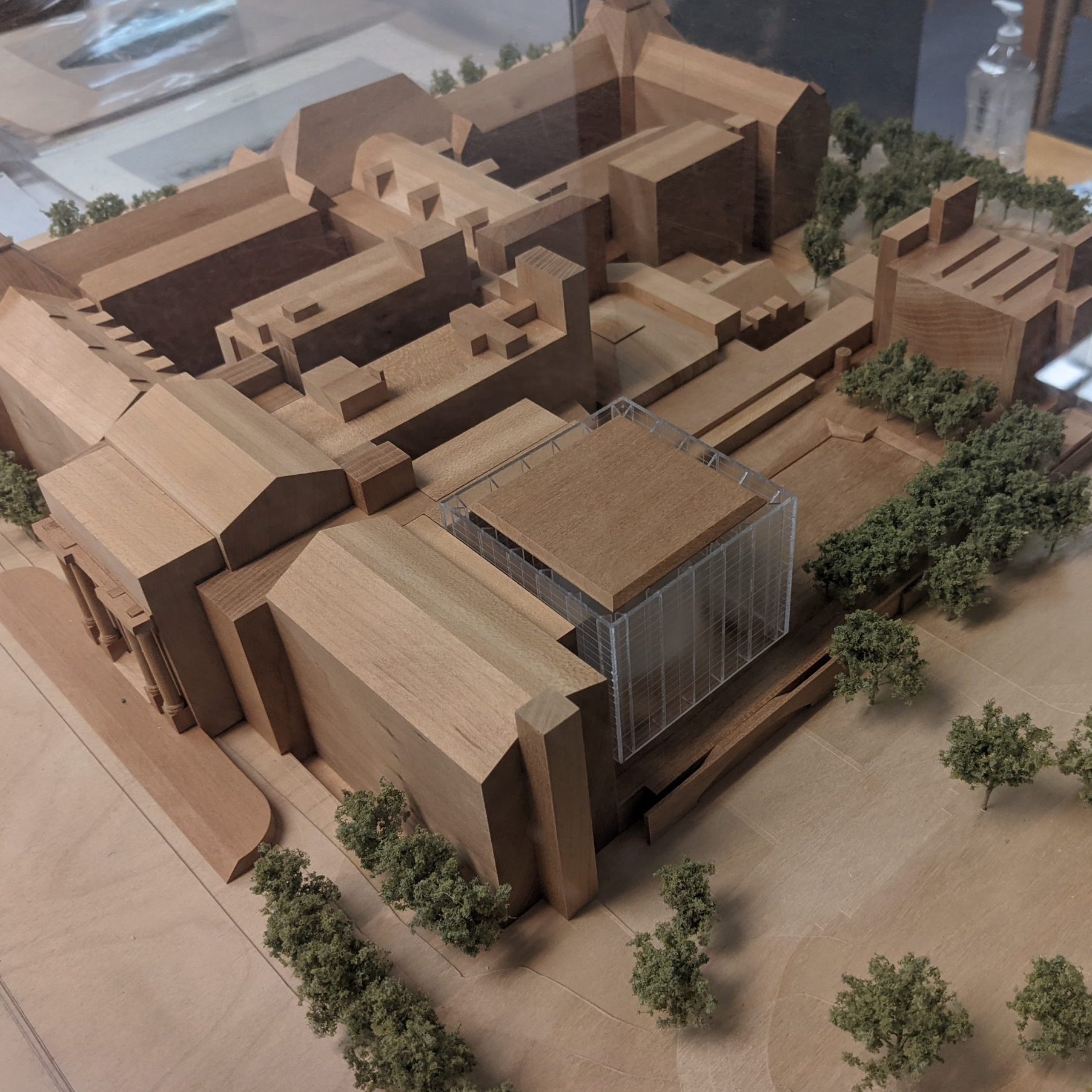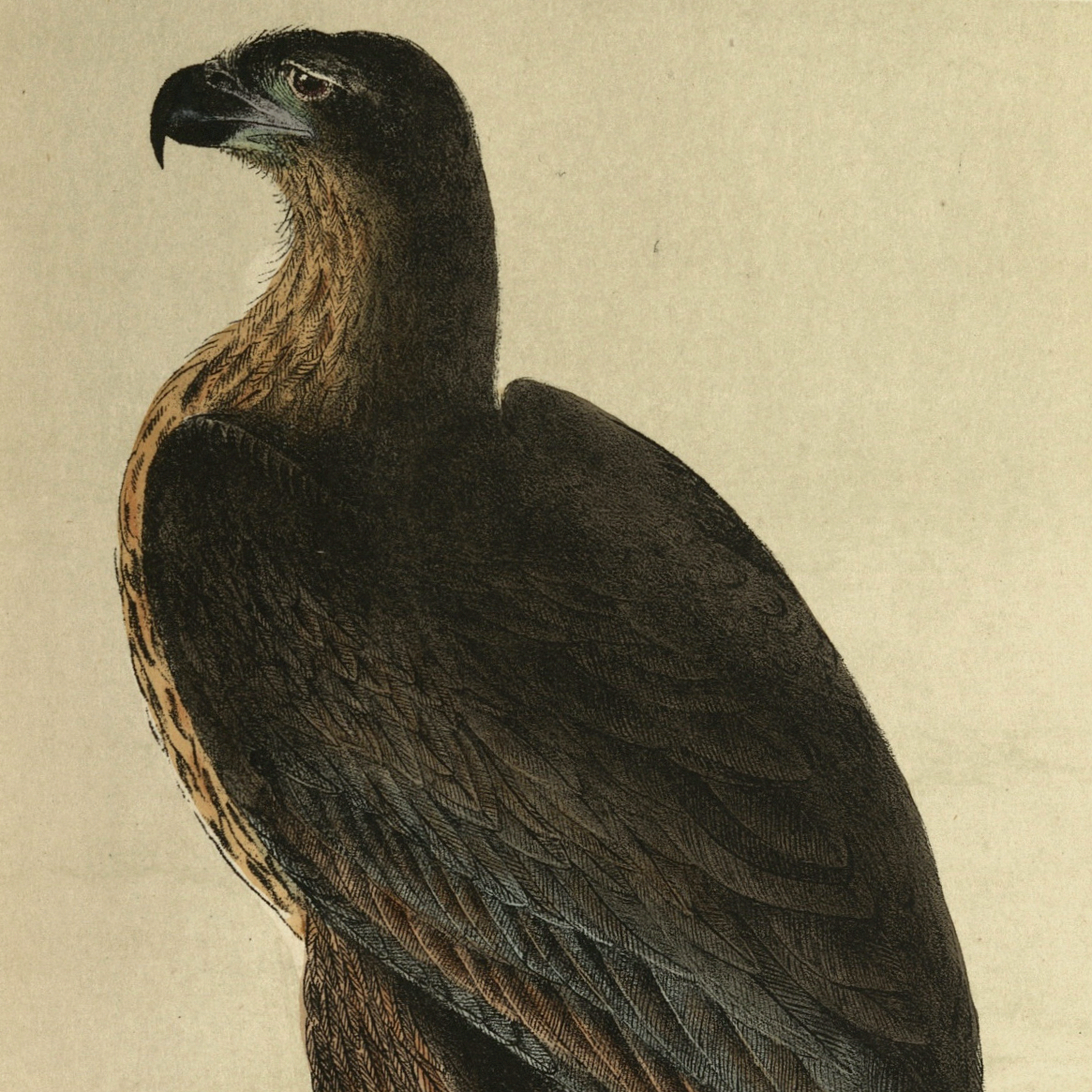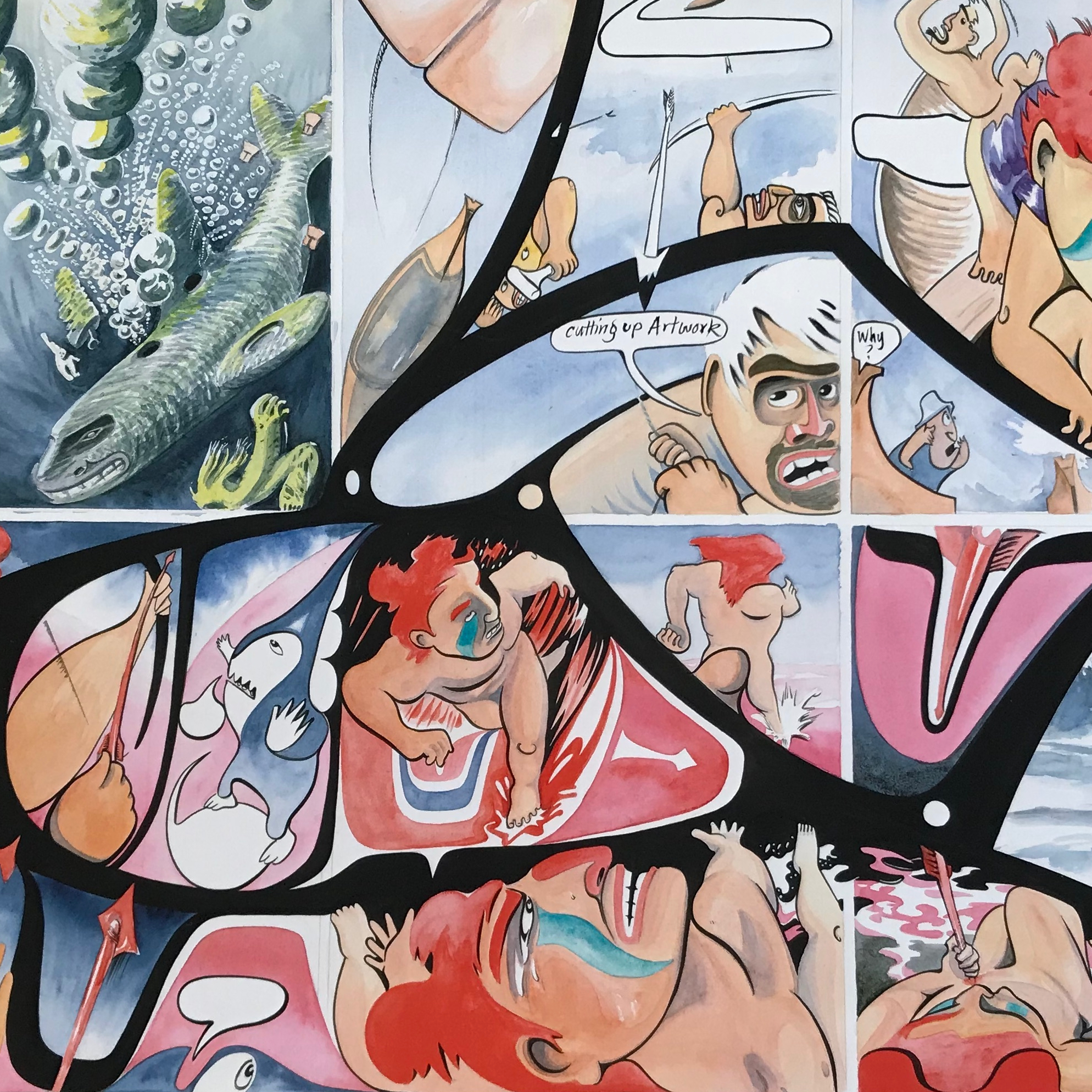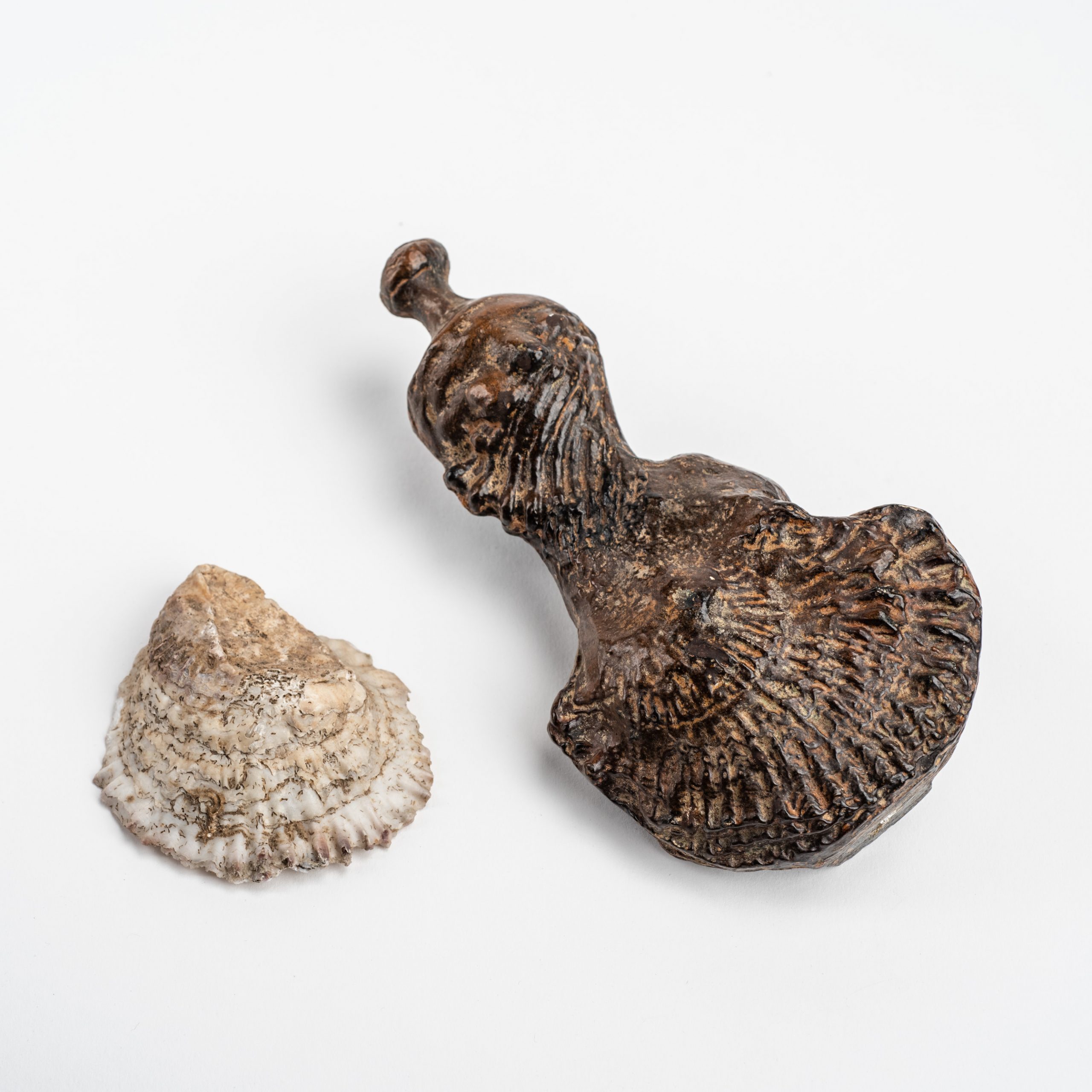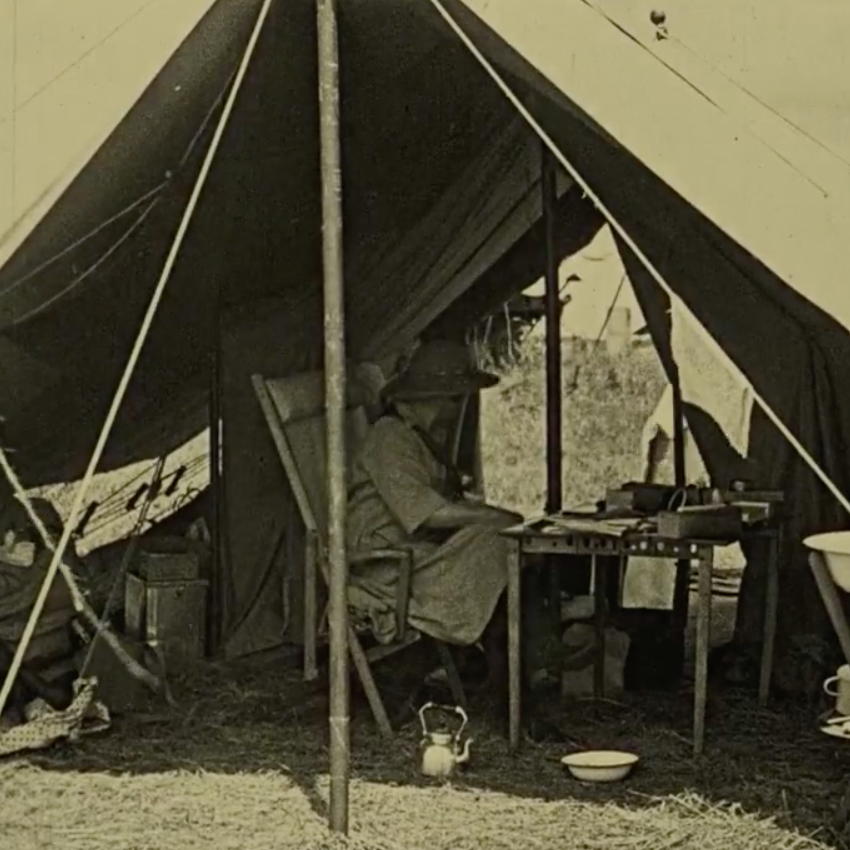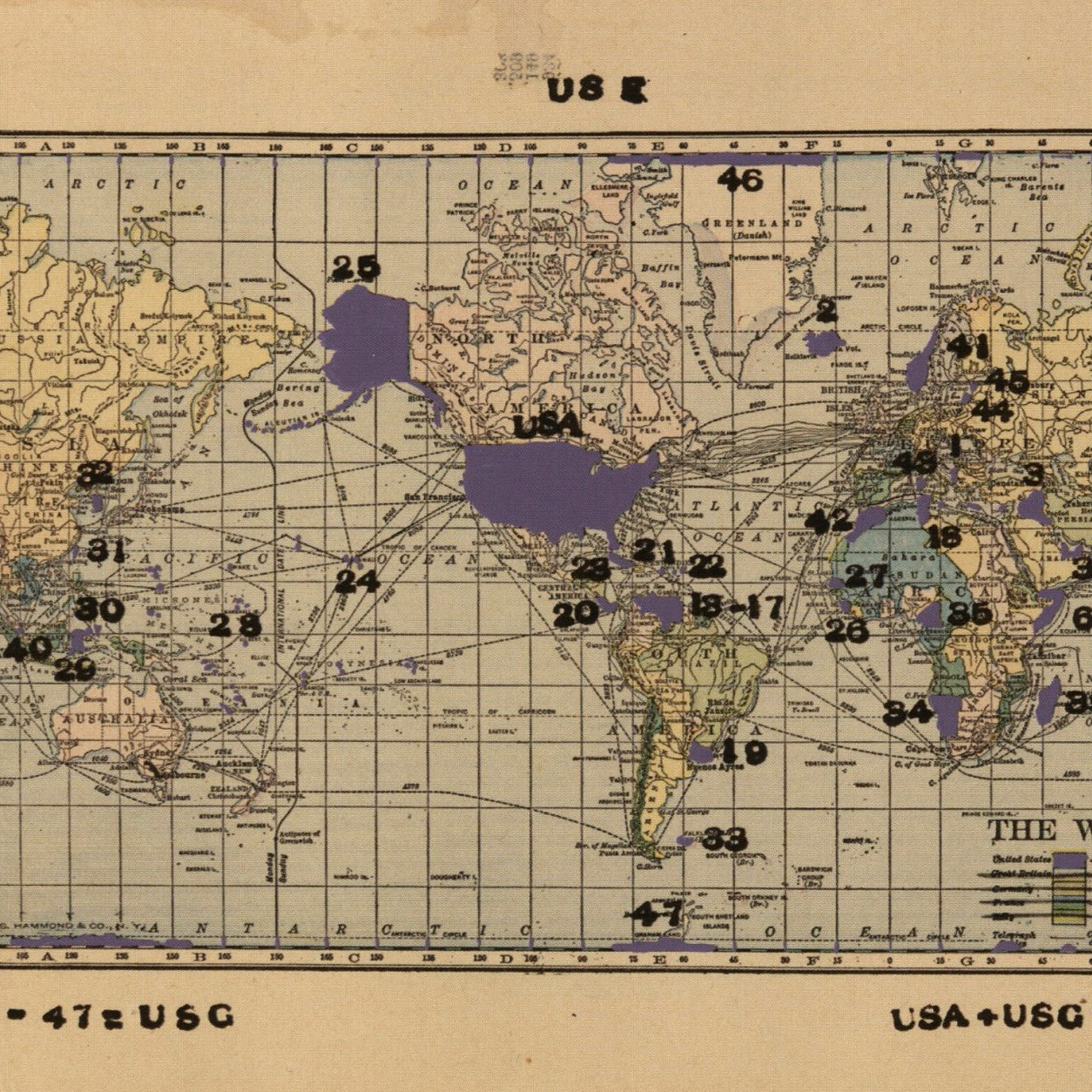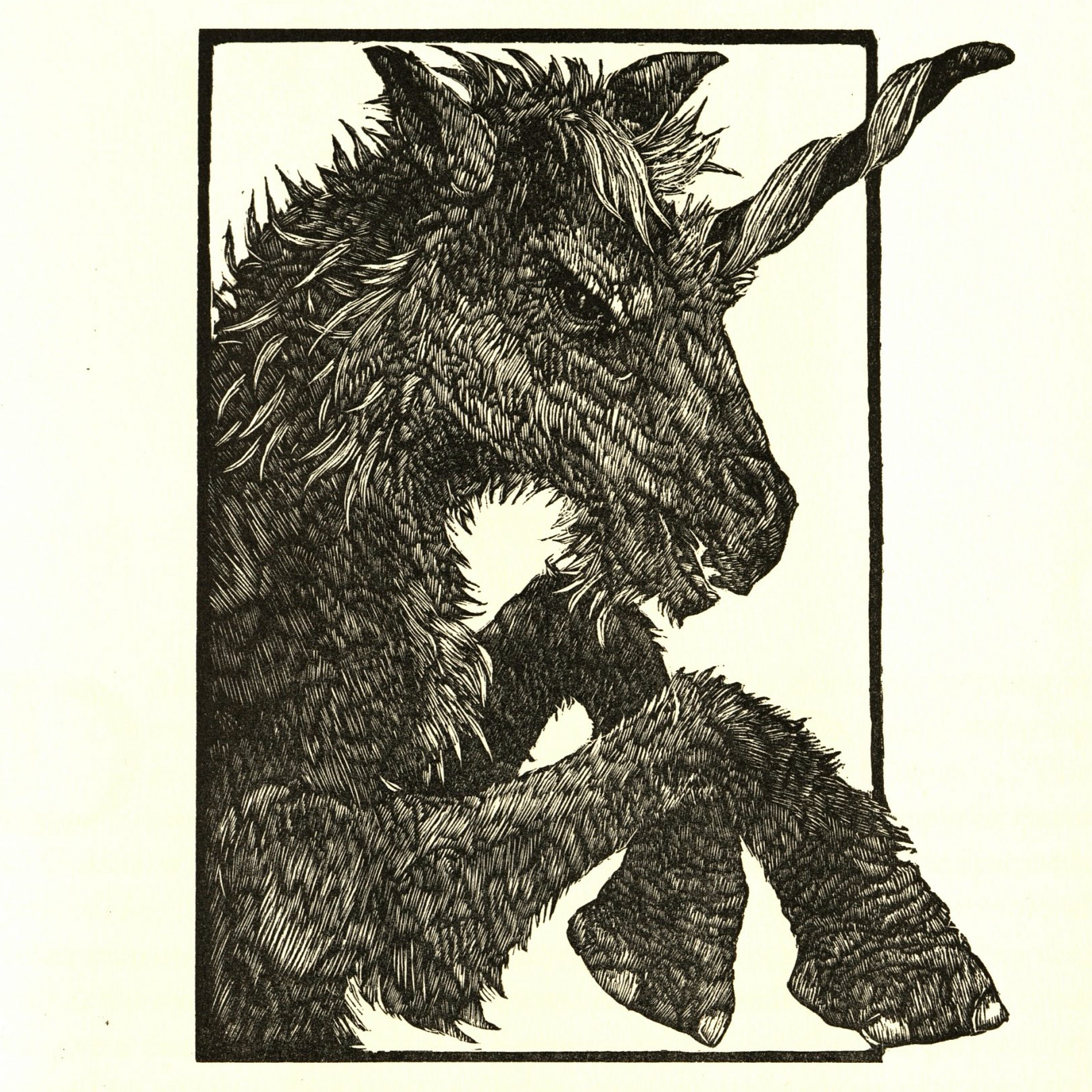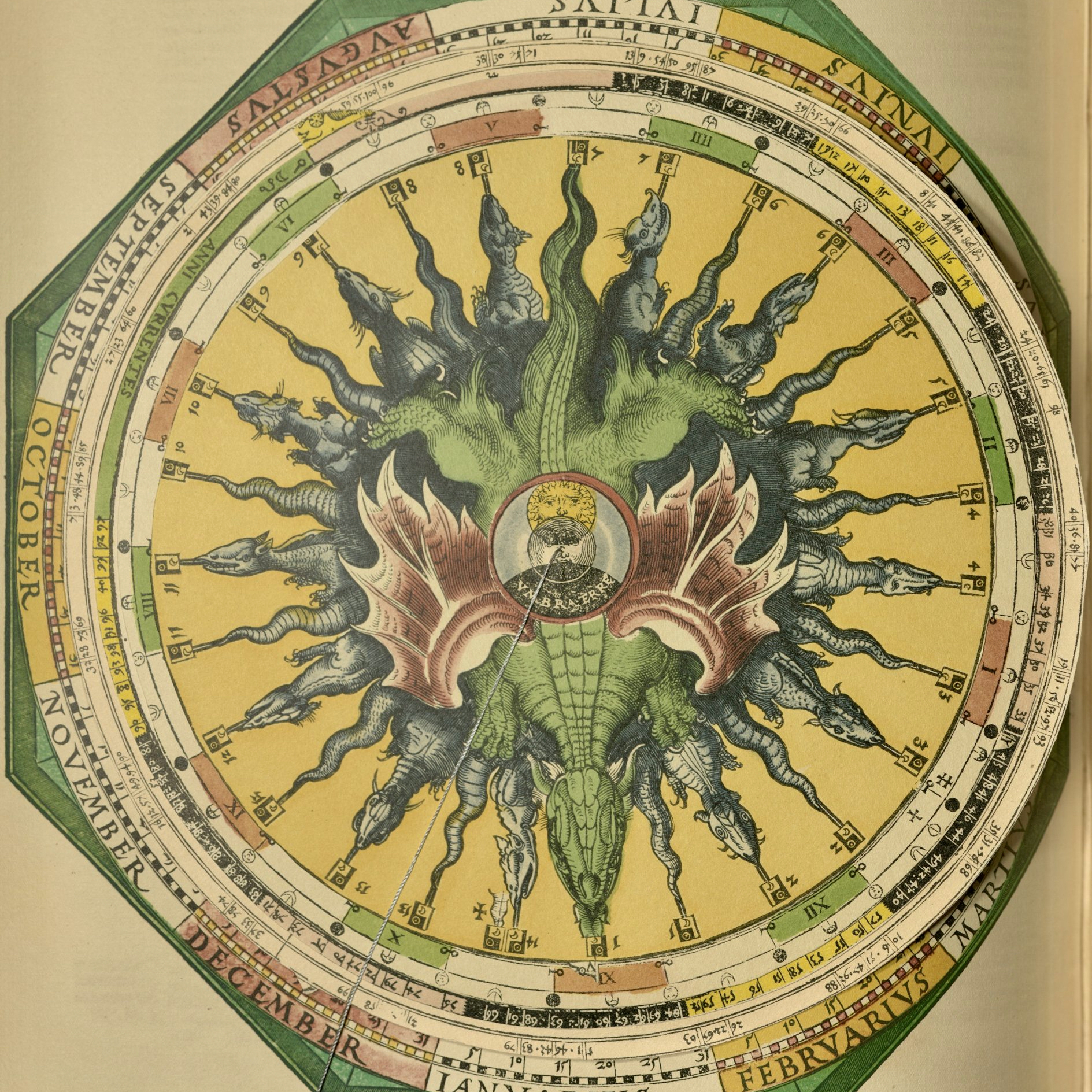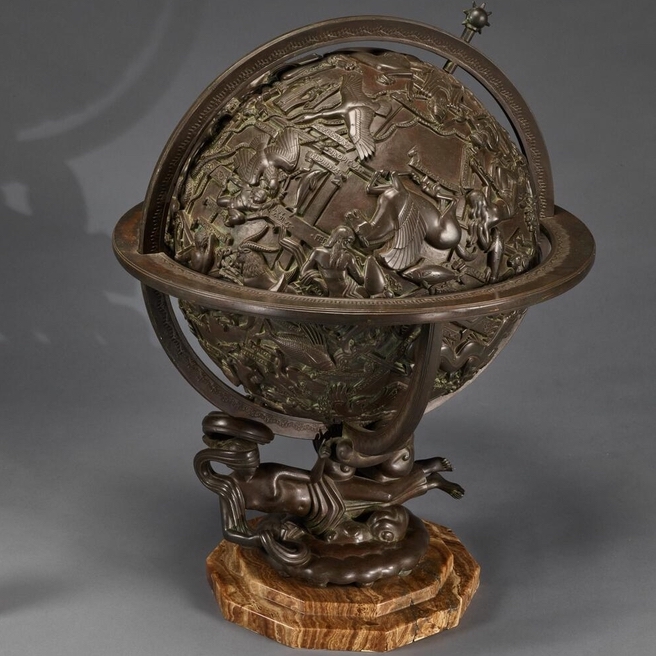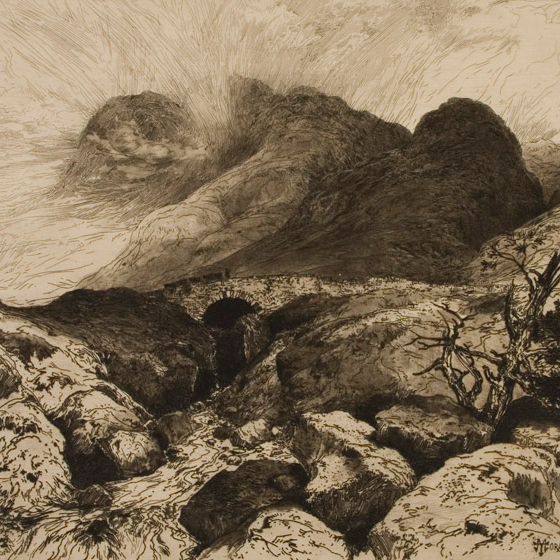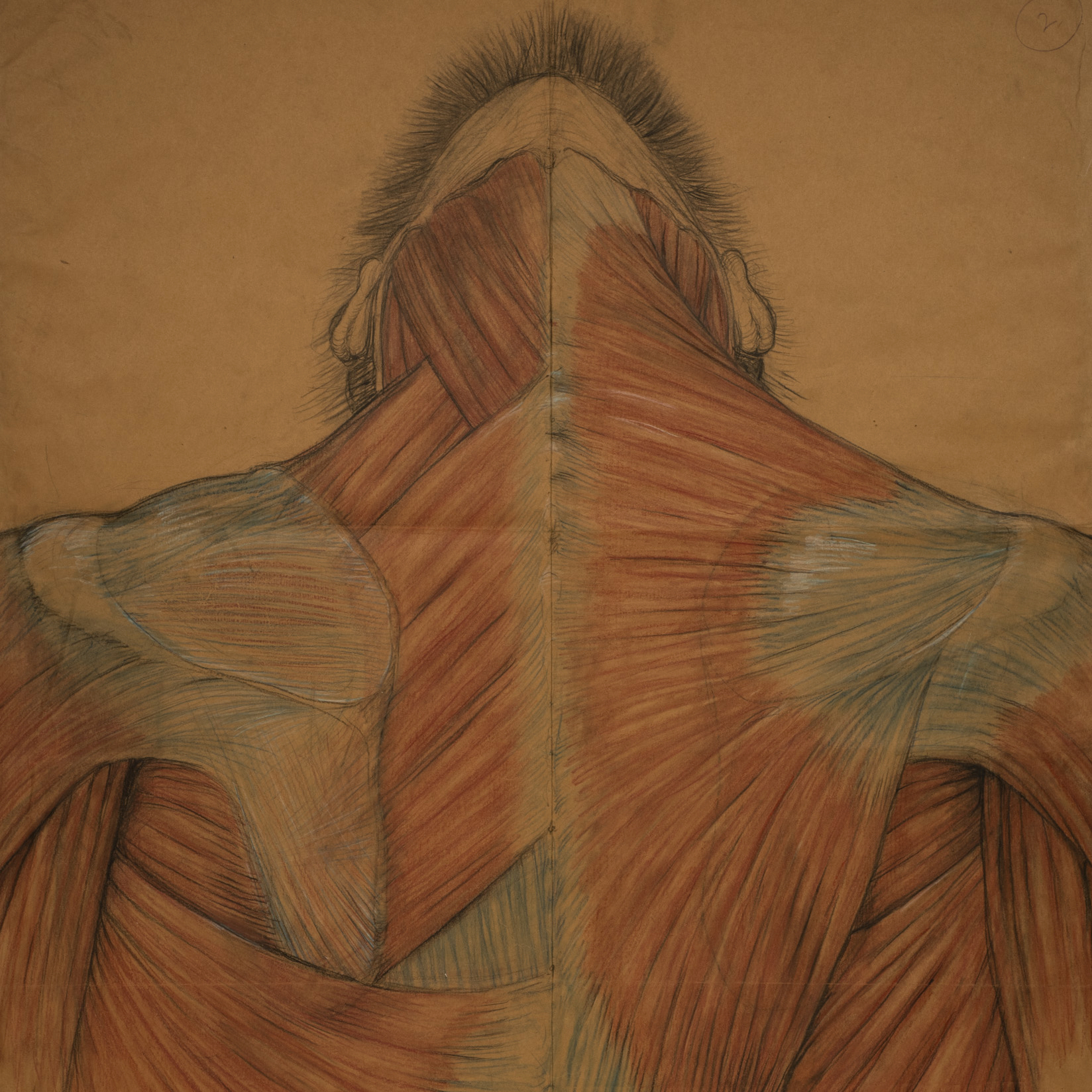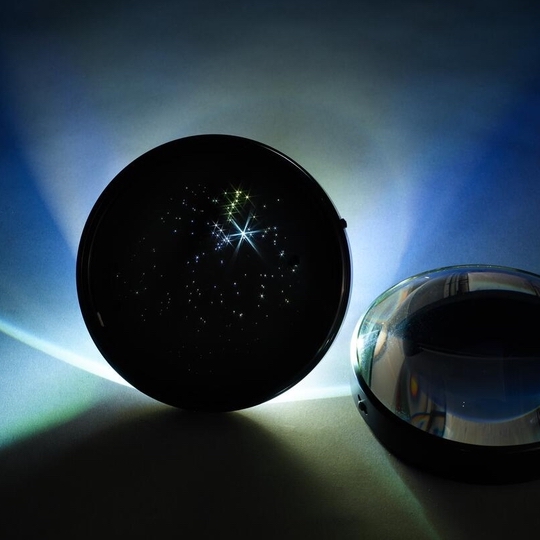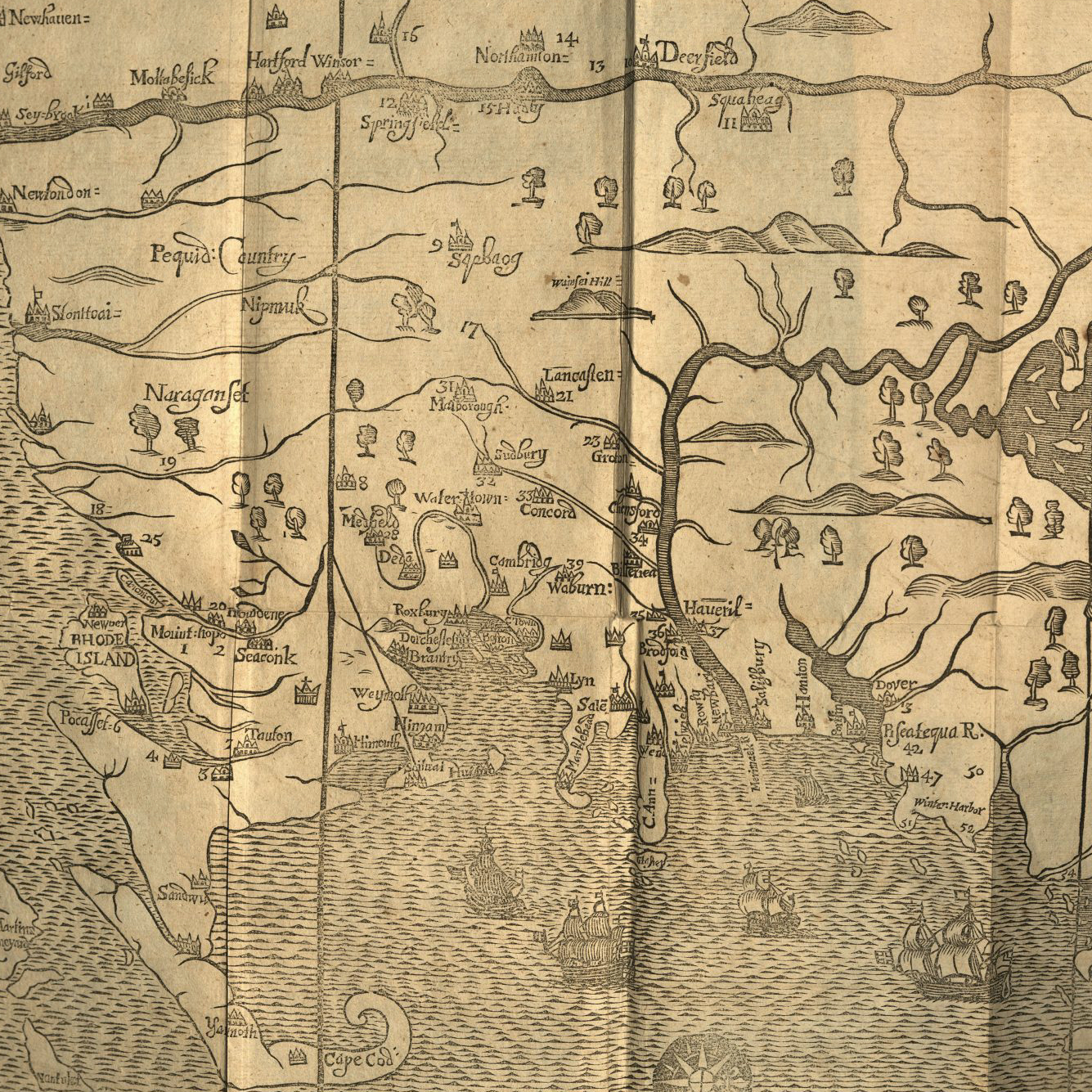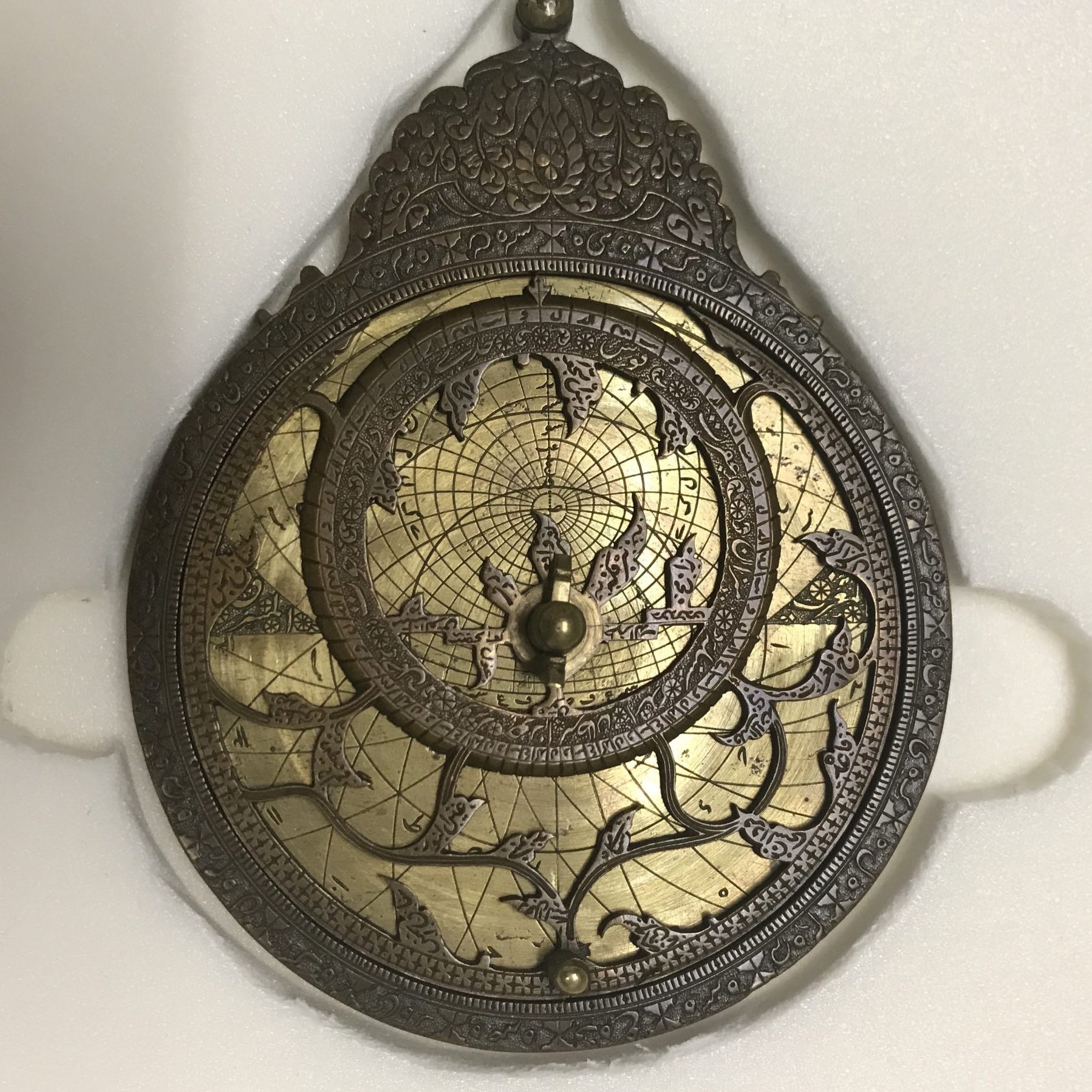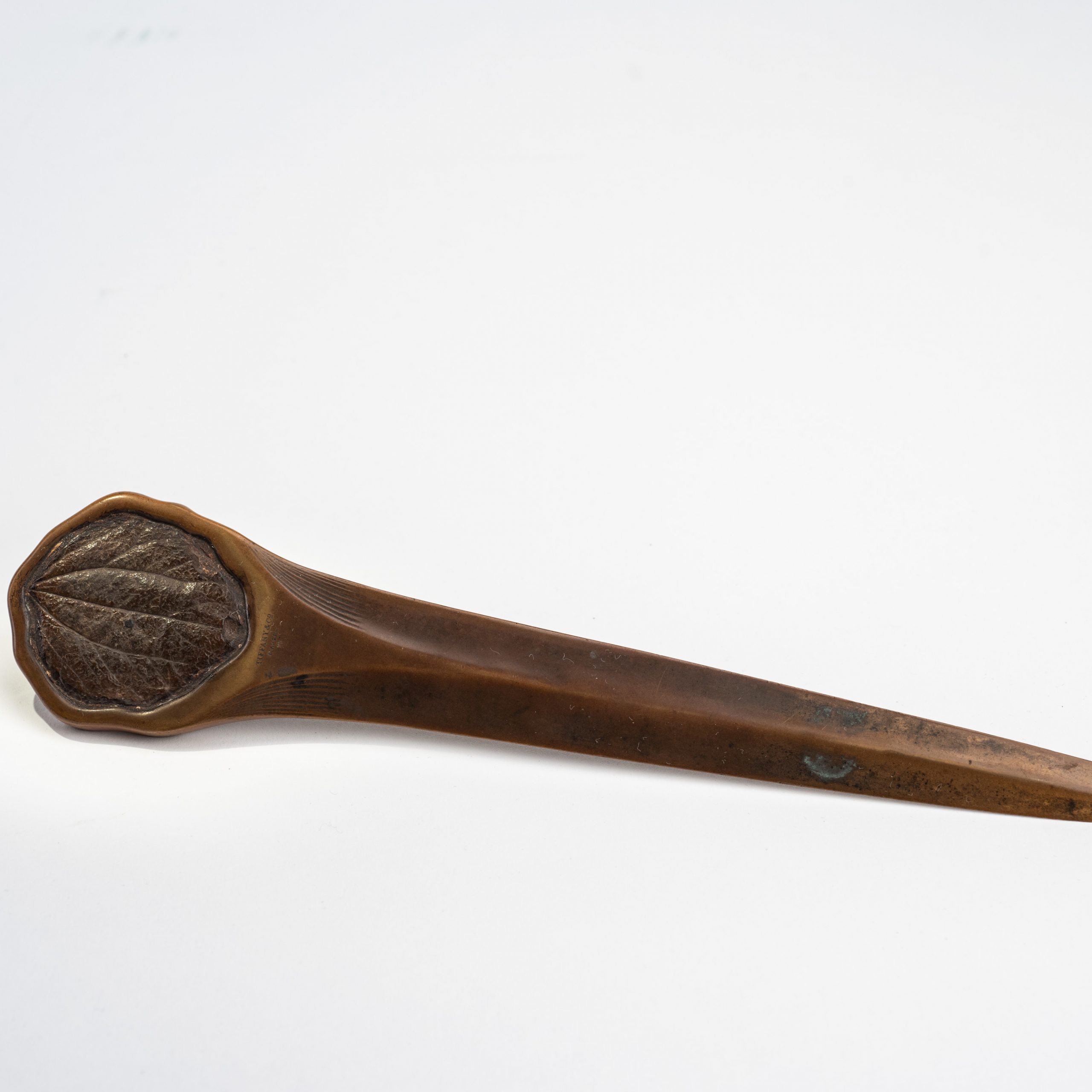This is a wooden architectural model of the American Museum of Natural History, including the unbuilt Rose Center for Earth and Space. The then-new planetarium and Hall of the Universe below it opened in January 2000, and this model was created in anticipation of that event and likely was used to give staff and friends of the museum a visualization of what the new construction would ultimately look like. The architects of the Rose Center for Earth and Space were James Polshek and Todd H. Schliemann of Polshek Partnership Architects. They were likely responsible for the model, but the model is not marked, and so there is no real clarity on who made it, when, and at what stage of the building process.
It might seem strange that there is so little information about an object that is only around two decades old. You can see in the entries of other instigator objects that pieces significantly older than this model have far more data, details, and evidence of attention. This model found its way to the AMNH archives, because the museum staff realized that it would be important at some point to remember the building as an idea rather than as a reality. Indeed, that’s what architectural models communicate: the hopes for a building, the anticipated ways that people will move and interact with spaces. So then why is there so little knowledge and attention given to the model after the building is done? Often these models are simply discarded, their purpose fulfilled. We can now, after all, walk around the building, see the Rose Center with our own eyes, and not in this miniature version. What knowledge, after all, can we get from this model now, and then one with so little identifying features?
It is always important to remember that the AMNH, and all museums, are constantly physically changing. They are not static places, and in fact, a museum expansion is one of the most familiar ways to both show how robust a museum is and fundraise for its developments. The knowledge we can glean from this model is evidence of the ambition and mission museums have: to grow, to look good, to show off. They build collections on the inside and add to themselves on the outside. It can be helpful to remember this ambition when then considering what gets added, and what gets discarded, who is served, and who is excluded when museums expand. It is also good to use this model to think on how the AMNH, and all museums, want to be seen and what they want to represent.
Written by Alexis L. Boylan
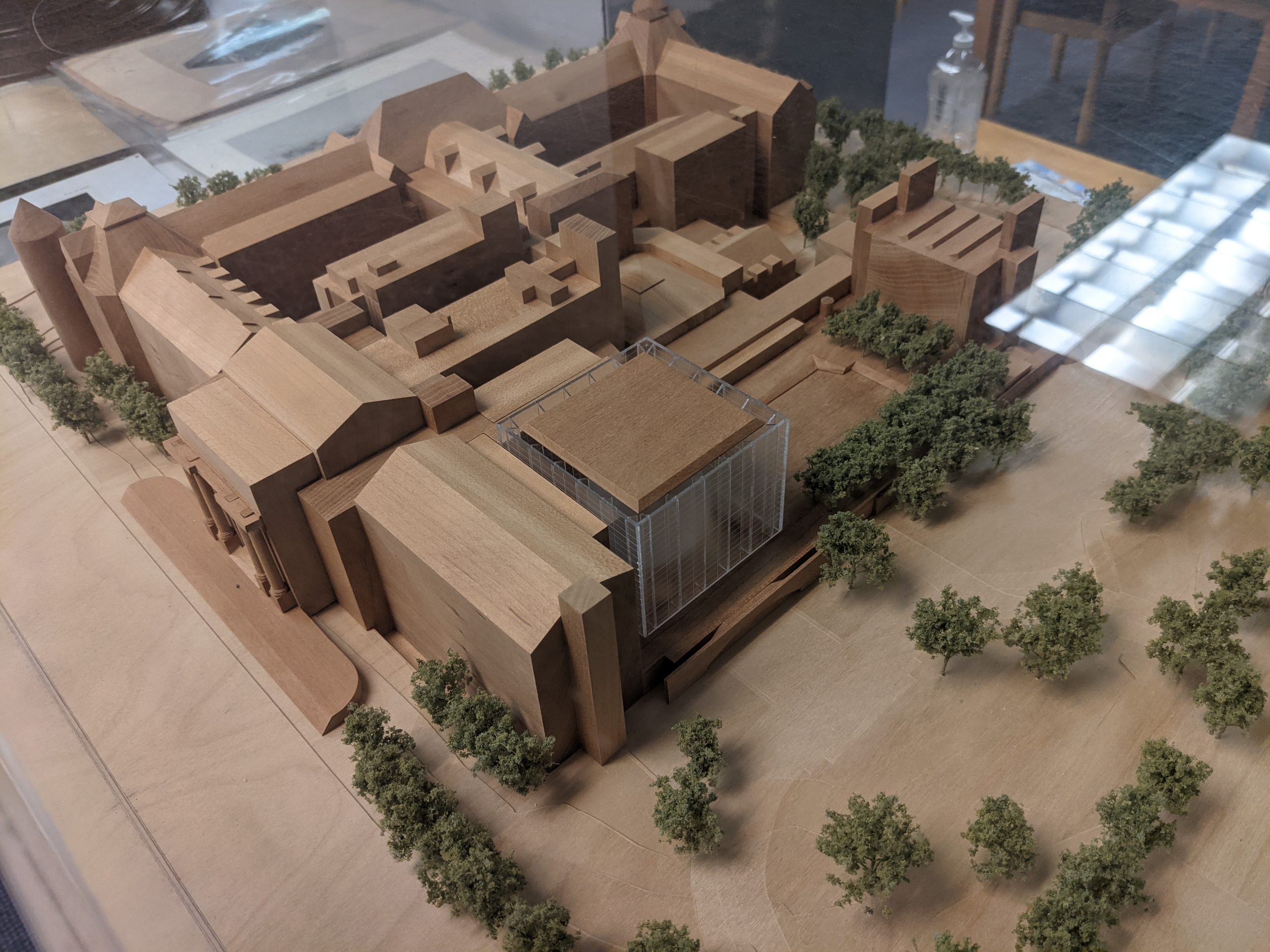
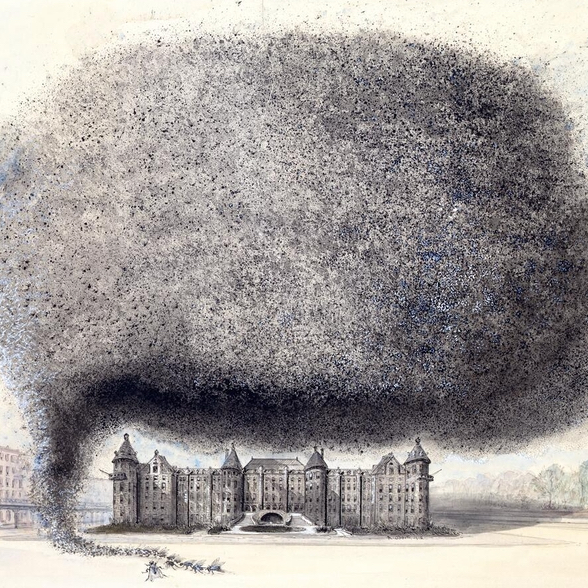
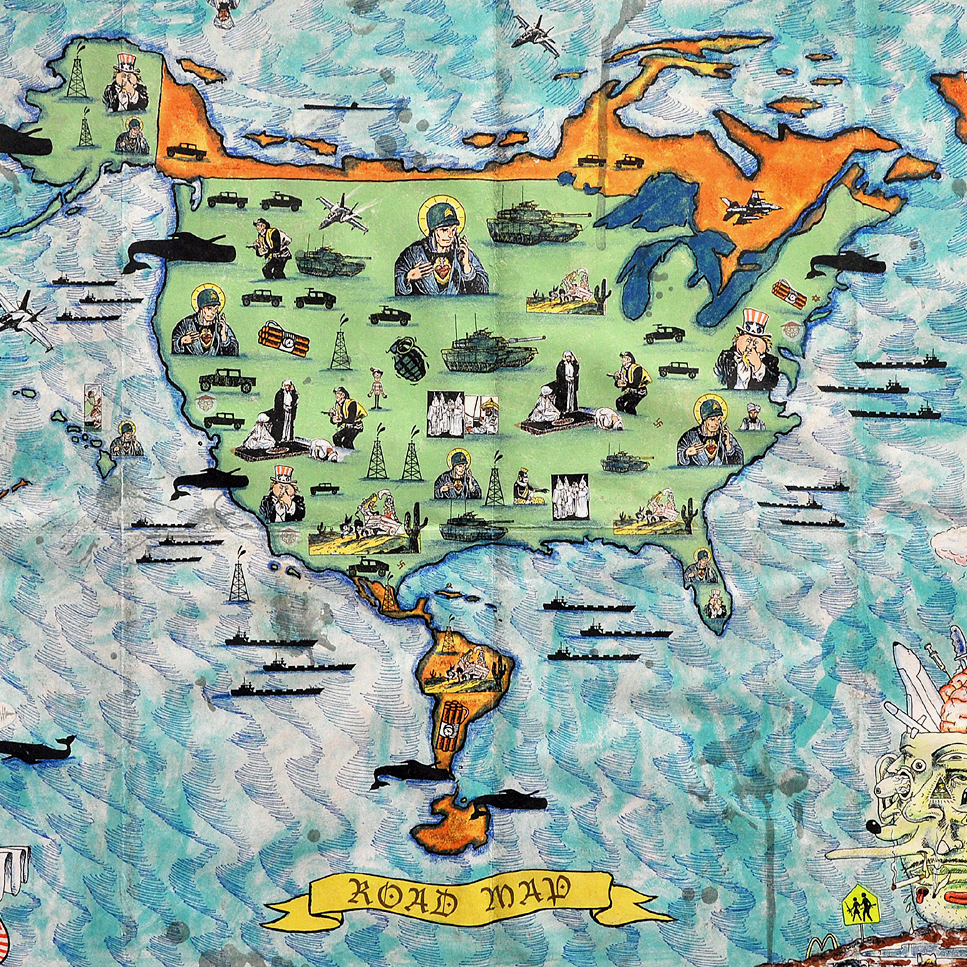
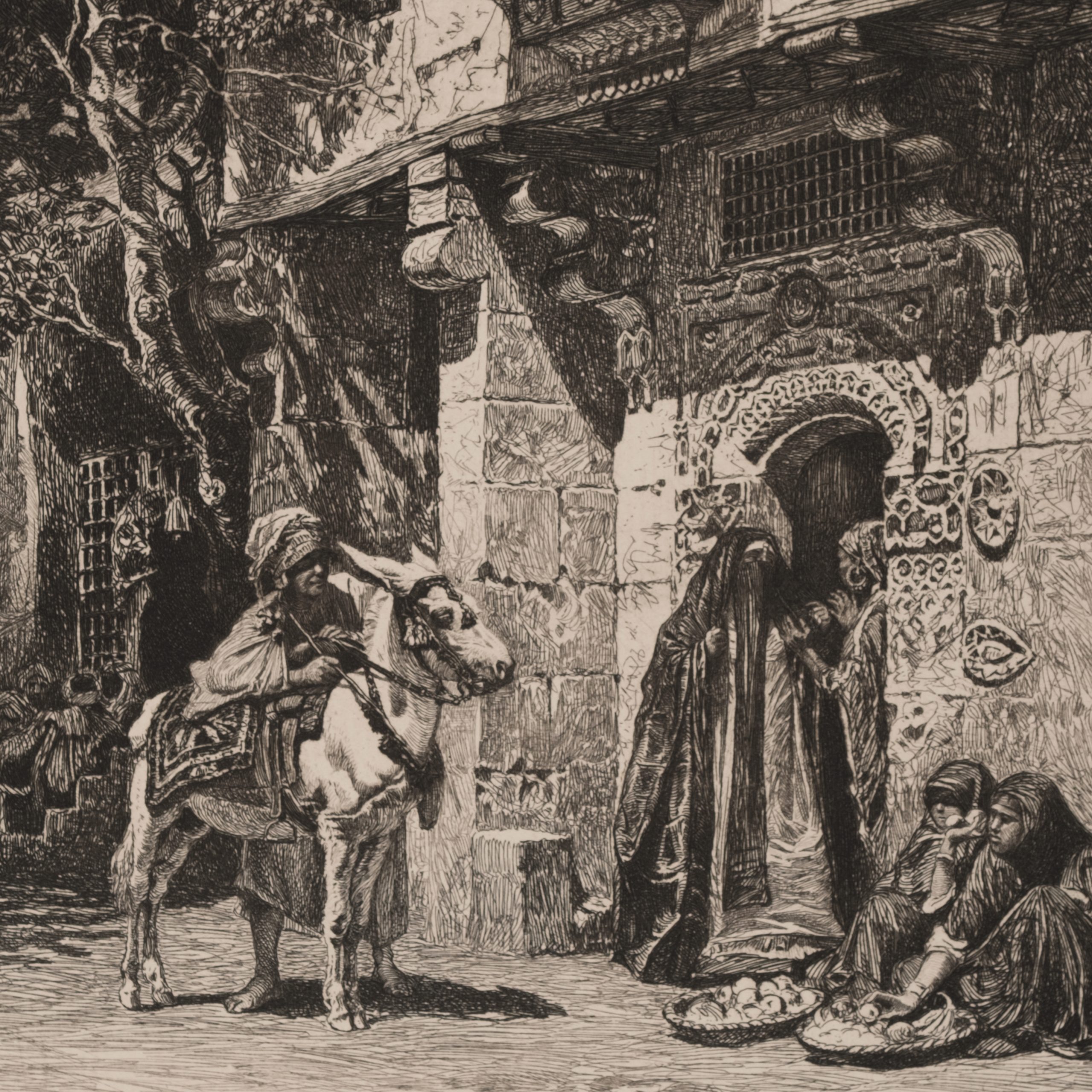
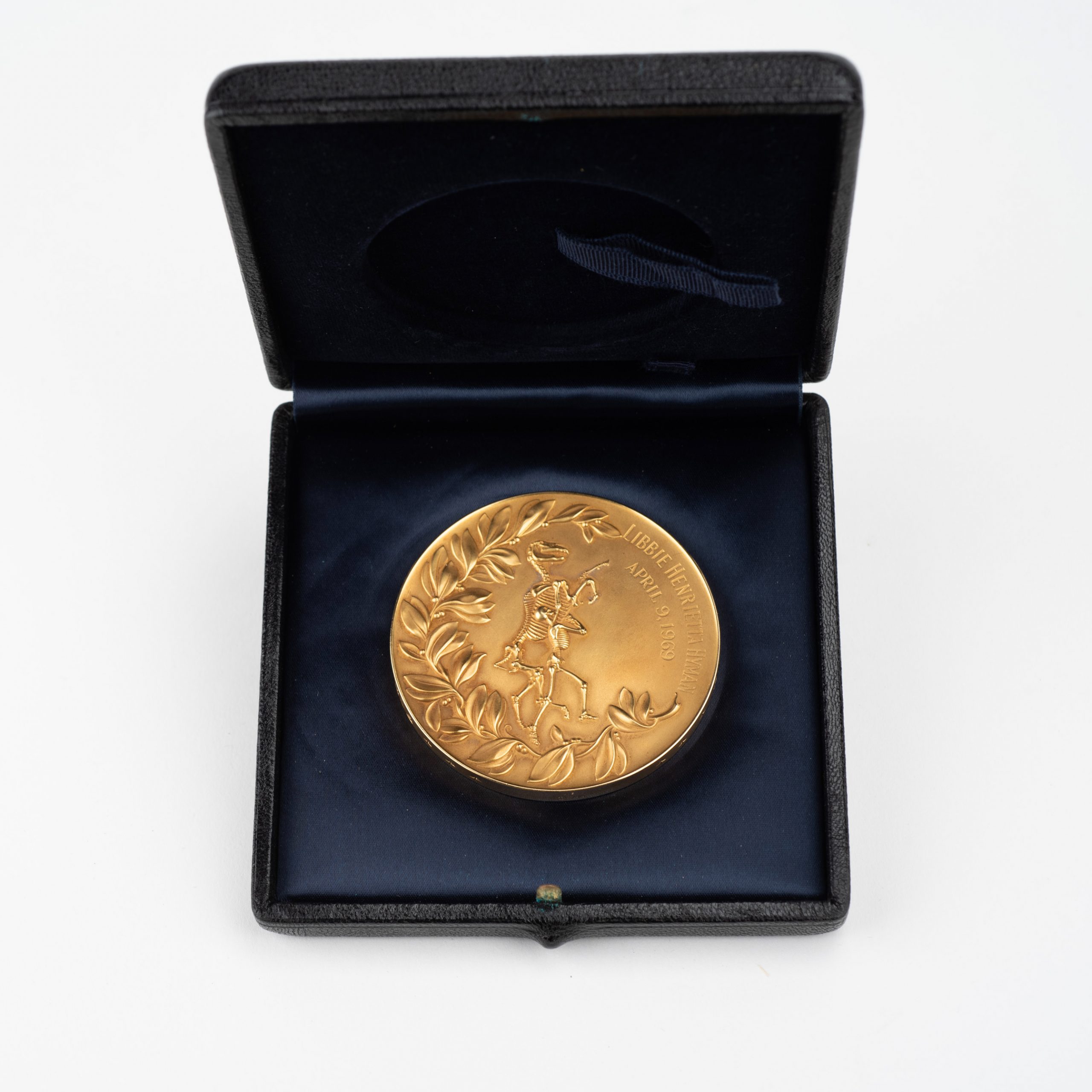
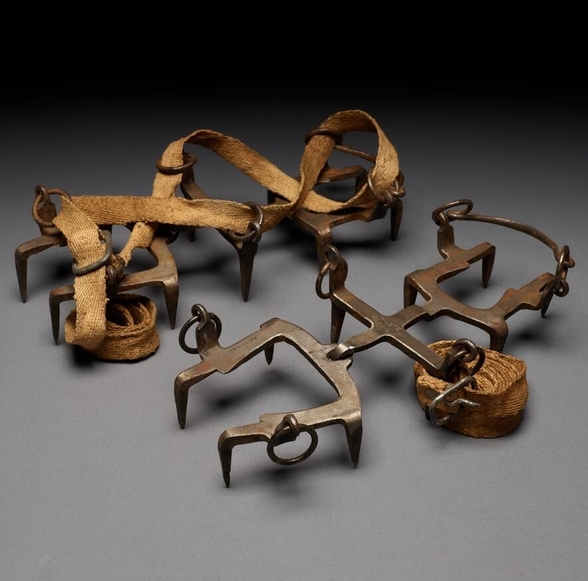
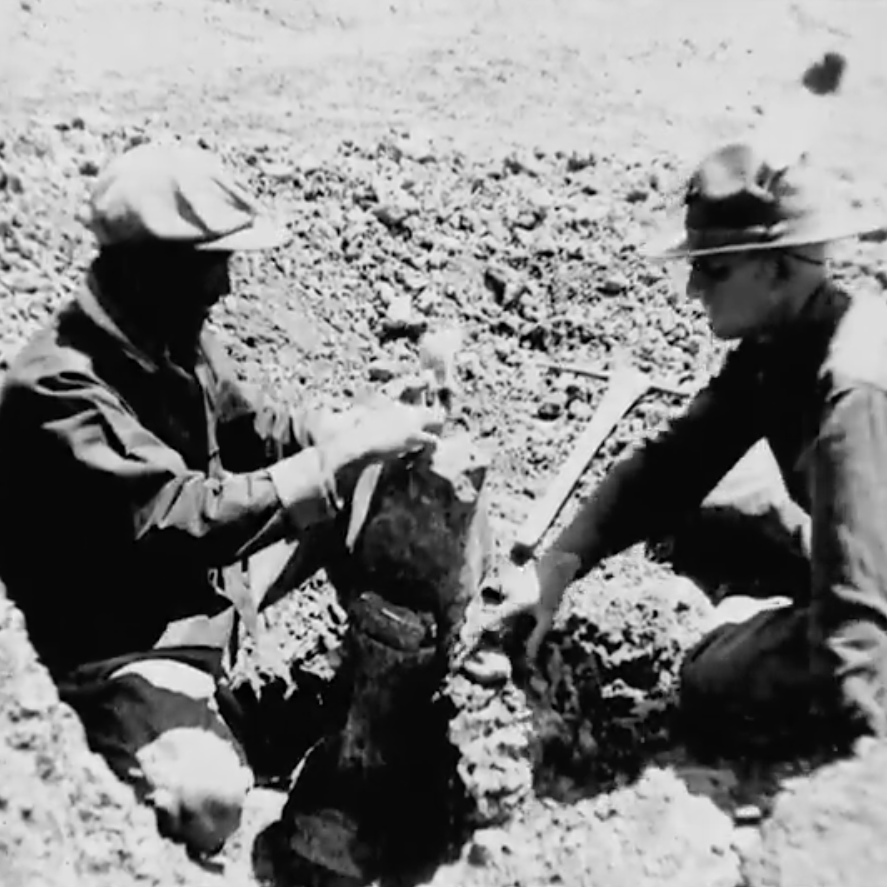
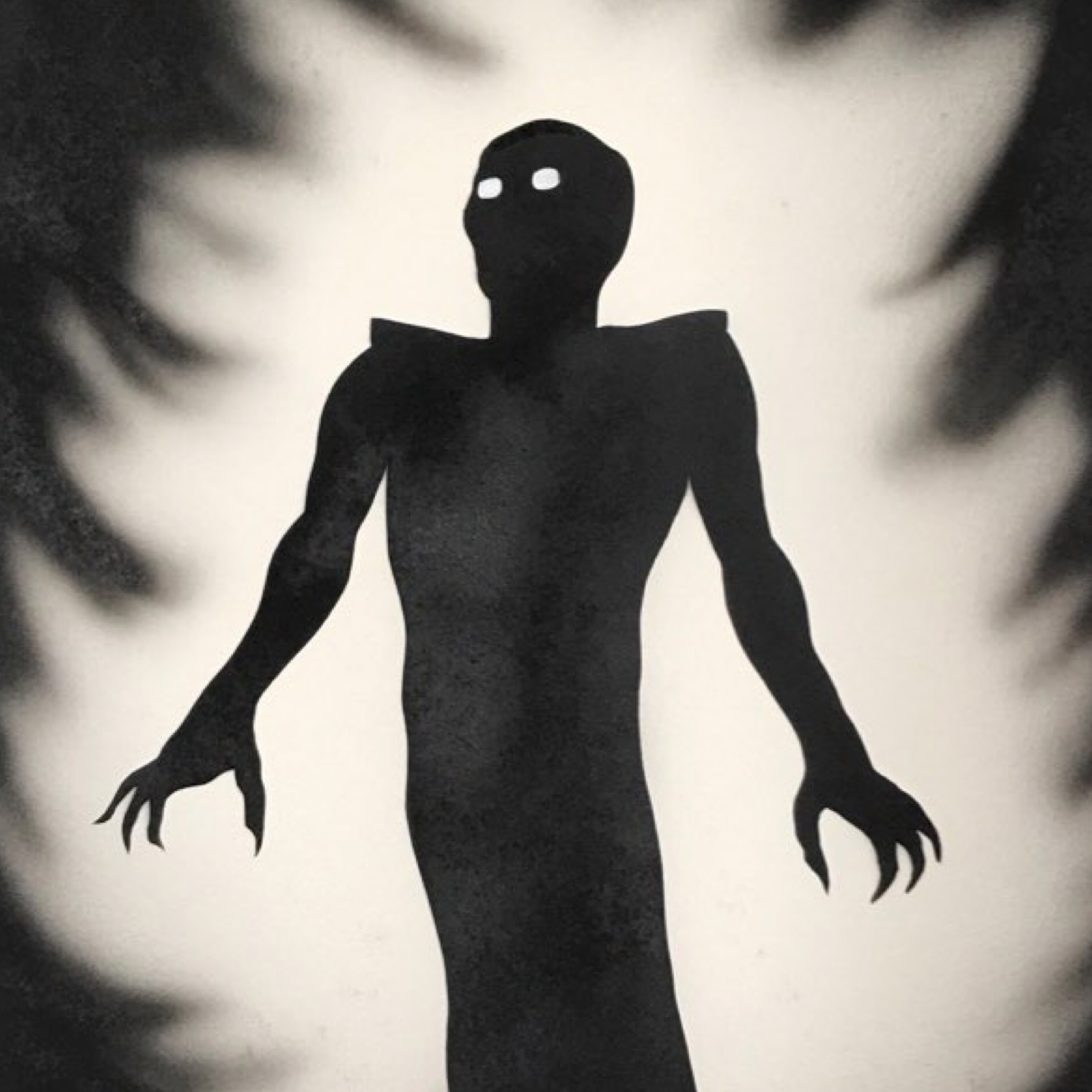
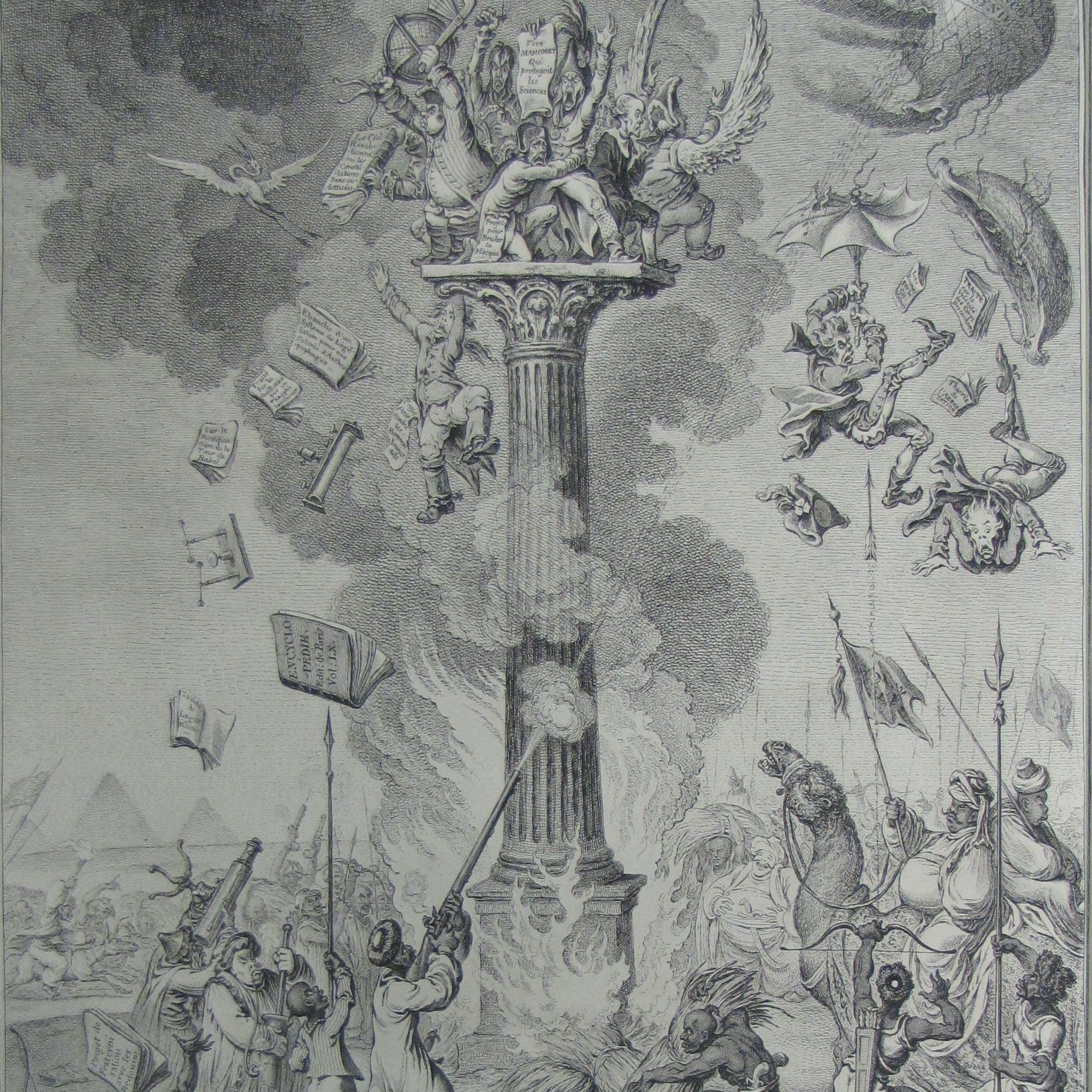


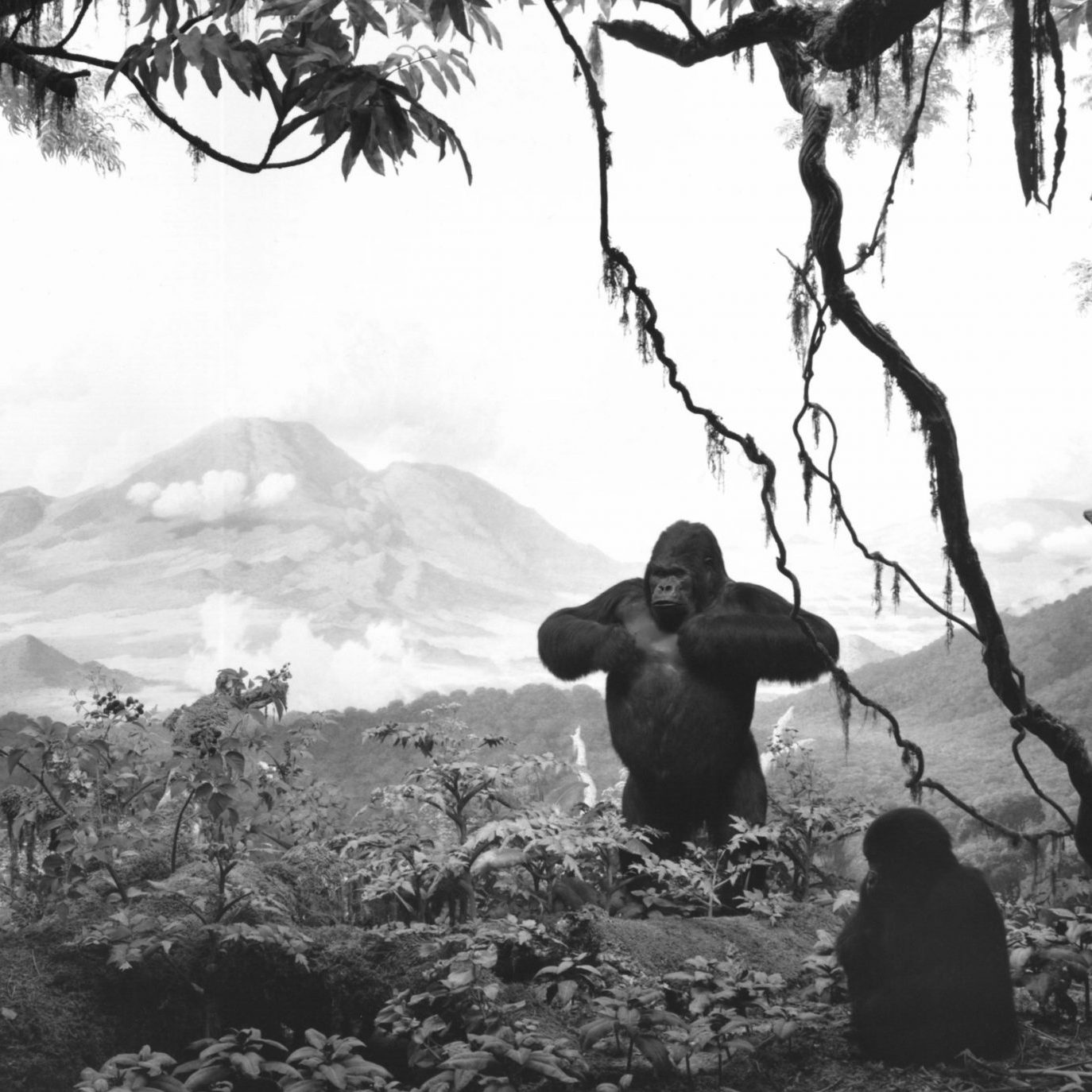
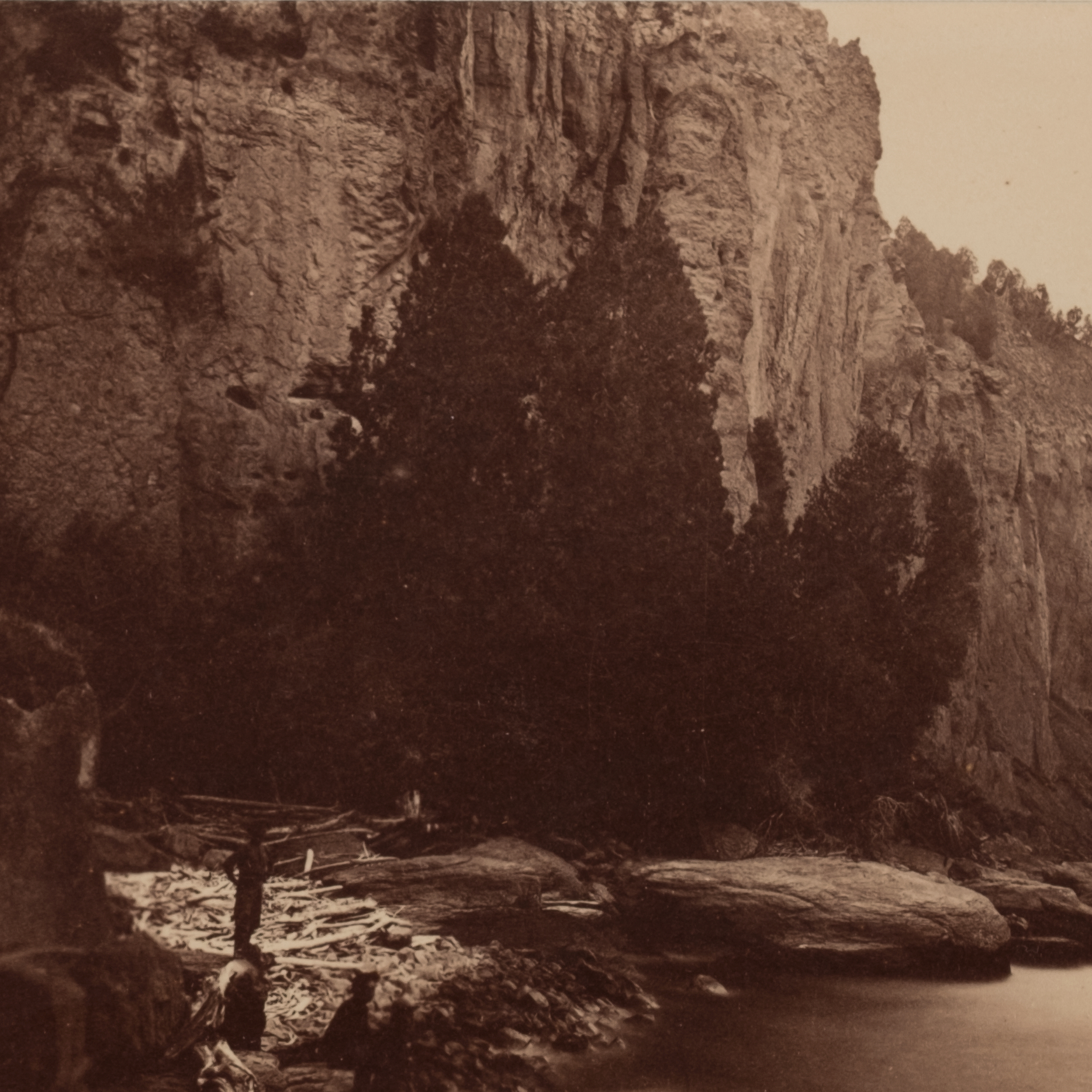
![Howard Russell Butler's [Hydrogen prominences]](https://futureoftruth.media.uconn.edu/wp-content/uploads/sites/2921/2023/01/k6584-square.jpg)
